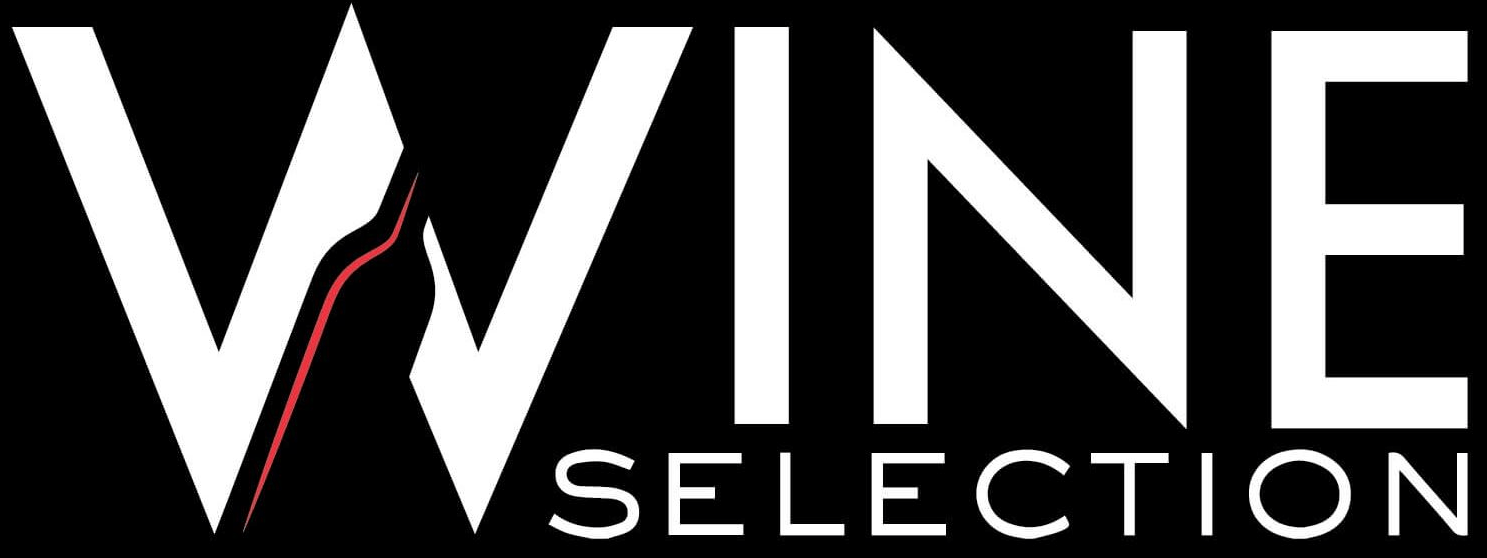All that is rare is expensive. A cheap Burgundy is rare. So a cheap Burgundy is expensive.
For starters, Burgundian winemakers have been perfecting their vineyards for centuries. In this respect, Burgundy as a region is quite similar to Bordeaux. Unlike Bordeaux, however, Burgundy is geographically spread across a narrow strip of land that runs some 60 miles north-south, with the best Grand Cru sites nestled along gently rolling slopes.
This band is so thin, that at the very heart of Burgundy, in the Côte d’Or, it’s less than 2 kilometers or 1.2 miles across. To give a sense of scale, Burgundy has roughly 25,000 hectares under vine while Bordeaux boasts over 120,000 hectares.
Over the centuries, Burgundian vineyards have been subdivided by a patchwork quilt of fences, walls, and property lines. This is due to subtle changes in terroir, which is the set of all environmental qualities affecting the vines. In fact, Burgundy has a higher number of appellations d’Origine Contrôlée (AOCs) than any other French winegrowing region.
This combination of factors, limitations to growth in vine acreage and relative scarcity on the market, as well as Burgundy’s growing reputation on the world’s stage means that there is simply not enough of it to satisfy the world’s growing demands.
That doesn’t mean that Burgundy is totally inaccessible for those wishing to explore the birthplace of Chardonnay and Pinot Noir. The region’s most basic “Bourgogne” wines and even some of the village-level labels can be both excellent and affordable.

